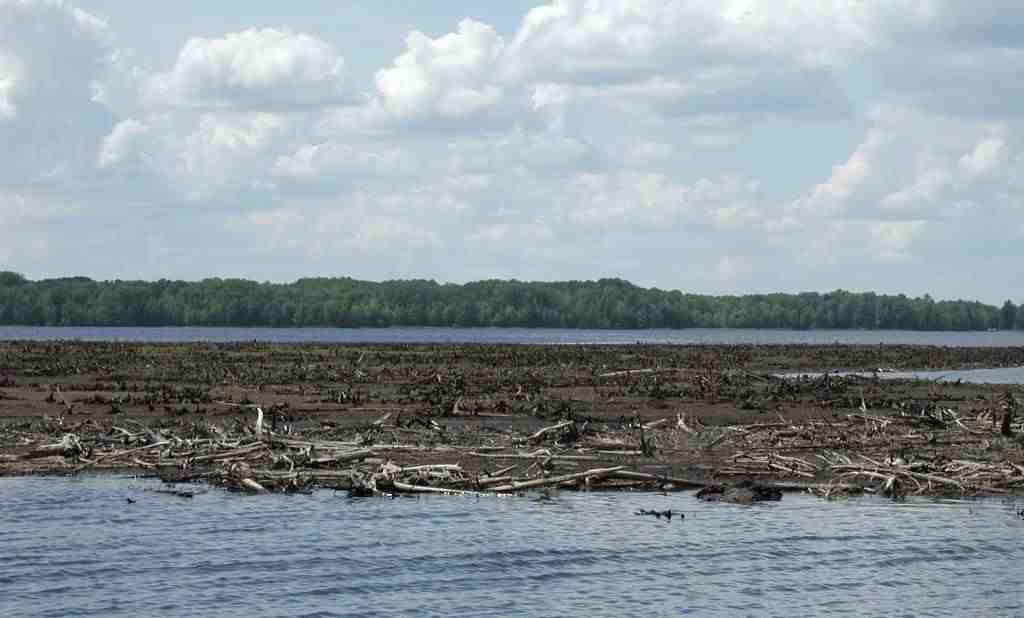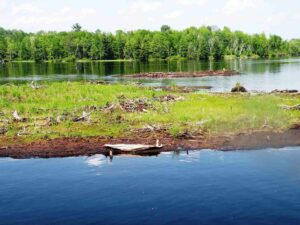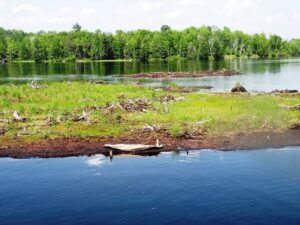Floating Bogs
Floating bogs, found on the Chippewa Flowage in northern Wisconsin, are unique type of wetland that showcases the intricate interplay of hydrology, vegetation, and ecology. These ecosystems are characterized by a thick mat of sphagnum moss, which floats on the water’s surface, creating a buoyant landscape that can support a rich diversity of plant and animal life. The floating mat is formed from decomposed plant material, primarily moss and other wetland vegetation, which traps water and gradually accumulates over time. This floating layer can shift and drift, creating a dynamic habitat that is constantly changing.
The ecology of a floating bog is both delicate and complex. It provides a crucial habitat for various species, including migratory birds, insects, and amphibians. The unique acidity and nutrient-poor conditions foster specialized plant species, such as carnivorous plants like sundews and pitcher plants, which have adapted to thrive in this environment by deriving nutrients from captured prey. Additionally, floating bogs serve as important carbon sinks, playing a vital role in climate regulation by sequestering carbon dioxide from the atmosphere.
The aesthetic beauty of Chppewa Flowage bogs are striking, with lush greenery interspersed with colorful wildflowers and the occasional silhouette of a tree, such as the black spruce or tamarack, that may emerge from the floating mat.
These floating wetlands are not only important for biodiversity, but they also offer recreational opportunities for fishing “along side the bog”, photos, birdwatching, and enjoying the natural landscape. Conservation efforts are essential to protect these fragile ecosystems from threats such as climate change, invasive species, and human encroachment, ensuring that future generations can appreciate the unique wonder of the floating bogs of the Lake Chippewa Flowage in northern Wisconsin.
More about Bogs








